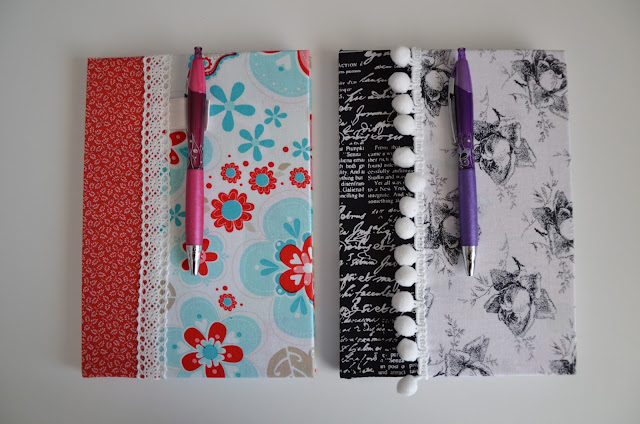How to Replace a Leaky Shower Head Like an Expert
A leaky shower
faucet is a problem that should be dealt with sooner rather than later. The
constant dripping of water from a worn-out shower head can waste a huge amount
of water over time. This adds an unnecessary expense to your household energy
bill that can be easily avoided.
Shower leaks are usually caused by the wear and tear of an old shower
head. As a shower head begins to dry out over time, it becomes brittle which
weakens its ability to hold in water. If your shower head won’t stop dripping,
it’s best to buy a shower head replacement and fix the
problem yourself.
Fixing
a leaking shower faucet by yourself is actually a quick and easy task. All you
need is a few basic tools, and you’re
ready to go. Follow these simple steps to replace your leaky shower head like
an expert.
1. Examine the leak
Determine whether
or not you feel confident doing this task yourself. Even though it’s a
relatively easy problem to fix, if you don’t feel confident in your abilities
you should call in a plumber to ensure you don’t cause any further damage.
2. Gather all Tools
If you decide that you’re up for the job, there
are a few basic tools you will need to replace your leaky shower faucet,
including an adjustable wrench, a blanket or towel, some Teflon tape, and a new
shower head. These items are available at most home improvement stores.
3. Turn Off Shower
Make sure the shower is turned off completely
and check that the knobs are secured tightly. It’s usually not necessary to
turn off the water supply when replacing a leaky shower faucet with a new one.
4. Lay Down a Blanket or
Towel
Next, lay down a blanket or towel on the
shower floor. This will stop any small shower head bits from accidentally
falling down the drain. It will also protect the floor surface from any falling
materials and tools.
5. Remove the Shower Head
Take your wrench and grip it around the notch
of your existing shower head. Most shower heads can be easily loosened up and
removed by giving it a few counter-clockwise turns. If you’re finding it
difficult getting the shower head off, make sure that you are gripping the
wrench at the very end of the handle to get more torque. But don’t give it too
much force. You should always be careful with the amount of pressure you use
when making electrical and plumbing repairs.
6. Remove Excess Material
After removing the old leaky shower faucet,
you may notice some excess material like dirt, plumber’s tape around the pipe
or leftover rubber gaskets. Using a rag, remove all the excess material and
residue so that you can get a clean new start.
7. Wrap the Shower Arm with
Tape
The next step is to wrap the threads of the
shower arm with a couple layers of Teflon tape. Wrap the tape as tight as you
can in a clockwise direction so that the threads are embedded properly. Smoothen
out the tape along the threads using your finger.
8. Attach the Replacement
Shower Head
Take your brand-new shower head and insert it
onto the shower arm. Using your hand, twist it clockwise as far as it can go to
secure it into place. Make sure not to over tighten the shower head, as this
can cause damage. This simple procedure is used no matter what type of replacement
shower head you are attaching.
9. Turn on Water & Check
for Leaks
Now it’s time to see how successful your
shower head replacement project has been. Turn the shower back on and check for
any leaks around the seal of the shower head. If you do find leaks, turn the
shower off again and reapply the Teflon taping. Try tightening the shower head
a bit more and test it again, but make sure not to over tighten it.




































